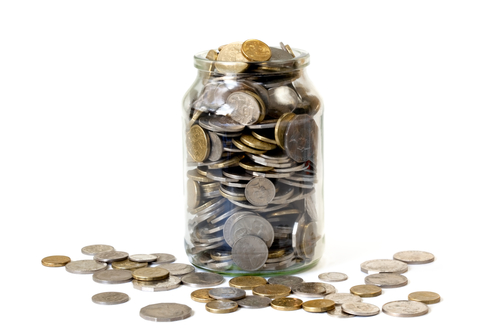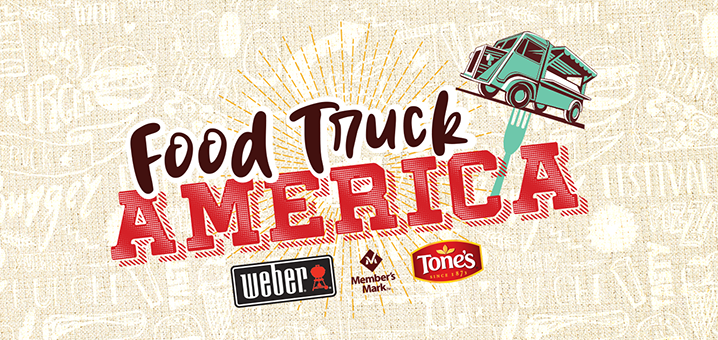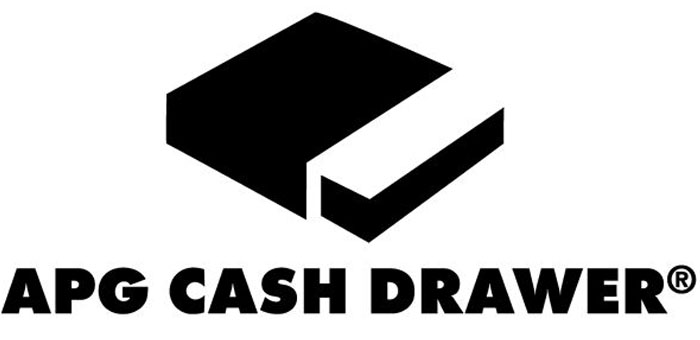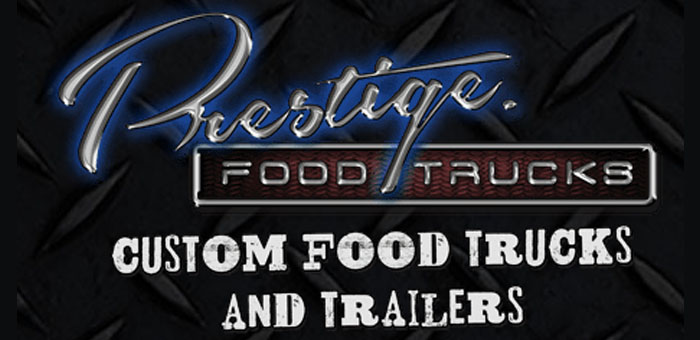COLUMBUS, OH – After ordering a hot dog from a food truck Downtown on a recent weekday, Alaina ??Herman offered a credit card, then faced a decision: to tip or not to tip?
Next to a makeshift tip jar, an iPad attached to the truck showed her subtotal and suggested a few options: $1, $2, $3 or “custom.”
Or, by tapping another button, the Grandview Heights resident could decline to tip altogether.
Herman, 24, chose to tack a $1 gratuity onto her bill, raising her total at the Angry Wiener from $4.25 to $5.25.
If not for the prompts on the iPad, she said afterward, she might not have tipped at all.
“When it’s suggested,” Herman said, “I’m more likely to tip — if it explicitly gives you the option.”
Other people apparently are, too.
The rise in debit- and credit-card use — at food trucks, at coffee shops, in taxis and elsewhere — is increasingly exposing customers to screens with tipping suggestions, which in turn are compelling them to add tips more and more often.
Research published last month in American Economic Journal: Applied Economics found that tipping recommendations hold sway.
The authors, economists Kareem Haggag and Giovanni Paci, analyzed tipping data from city cabs in New York and found that higher default suggestions — 20, 25 and 30?percent versus 15, 20 and 25?percent — spurred higher average tips.
“These technologies are changing the way people tip and are changing the social norm,” said Paci, who works as a researcher at the Laboratory for Neuroeconomics at New York University.
A button to be pressed when someone doesn’t want to give a tip has an effect, said Holona Ochs, a co-author of Gratuity: A Contextual Understanding of Tipping Norms From the Perspective of Tipped Employees.
“You have to hit a button that basically says, ‘I’m going to be a jerk right now,’??” said Ochs, an assistant professor of political science at Lehigh University in Bethlehem, Pa.
Find the entire article at dispatch.com <here>




